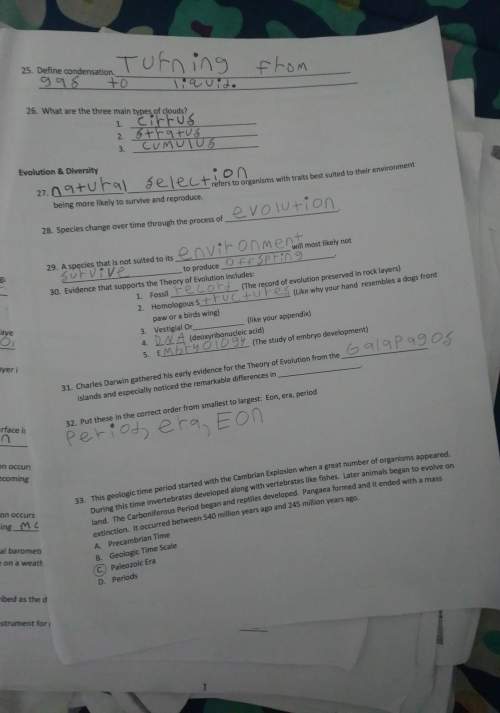
Physics, 20.09.2020 03:01, skylar1315
An object moves with constant acceleration 4.80 m/s2 and over a time interval reaches a final velocity of 13.8 m/s. (a) If its original velocity is 6.90 m/s, what is its displacement during the time interval? m (b) What is the distance it travels during this interval? m (c) If its initial velocity is −6.90 m/s, what is its displacement during this interval? (d) What is the total distance it travels during the interval in part (c)?

Answers: 2
Other questions on the subject: Physics

Physics, 21.06.2019 21:20, janayshas84
An artificial satellite circles the earth in a circular orbit at a location where the acceleration due to gravity is 6.03 m/s^2. determine the orbital period of the satellite.
Answers: 3

Physics, 22.06.2019 00:30, Solany6426
Part f - example: finding two forces (part i) two dimensional dynamics often involves solving for two unknown quantities in two separate equations describing the total force. the block in (figure 1) has a mass m=10kg and is being pulled by a force f on a table with coefficient of static friction îľs=0.3. four forces act on it: the applied force f (directed î¸=30â above the horizontal). the force of gravity fg=mg (directly down, where g=9.8m/s2). the normal force n (directly up). the force of static friction fs (directly left, opposing any potential motion). if we want to find the size of the force necessary to just barely overcome static friction (in which case fs=îľsn), we use the condition that the sum of the forces in both directions must be 0. using some basic trigonometry, we can write this condition out for the forces in both the horizontal and vertical directions, respectively, as: fcosî¸â’îľsn=0 fsinî¸+nâ’mg=0 in order to find the magnitude of force f, we have to solve a system of two equations with both f and the normal force n unknown. use the methods we have learned to find an expression for f in terms of m, g, î¸, and îľs (no n).
Answers: 2

Physics, 22.06.2019 14:30, val926
When is a current produced? when the terminals of an electrochemical cell are connected by a wire if the electric circuit is opened in an electrochemical cell if the electrolyte is removed from an electrochemical cell when the electrodes are reversed in an electrochemical cell
Answers: 2

Physics, 22.06.2019 15:30, jjjjjj4999
Match each scenario to the form of energy it represents
Answers: 2
Do you know the correct answer?
An object moves with constant acceleration 4.80 m/s2 and over a time interval reaches a final veloci...
Questions in other subjects:

Mathematics, 20.01.2020 16:31

Biology, 20.01.2020 16:31

Mathematics, 20.01.2020 16:31



Business, 20.01.2020 16:31

History, 20.01.2020 16:31


Mathematics, 20.01.2020 16:31

History, 20.01.2020 16:31







